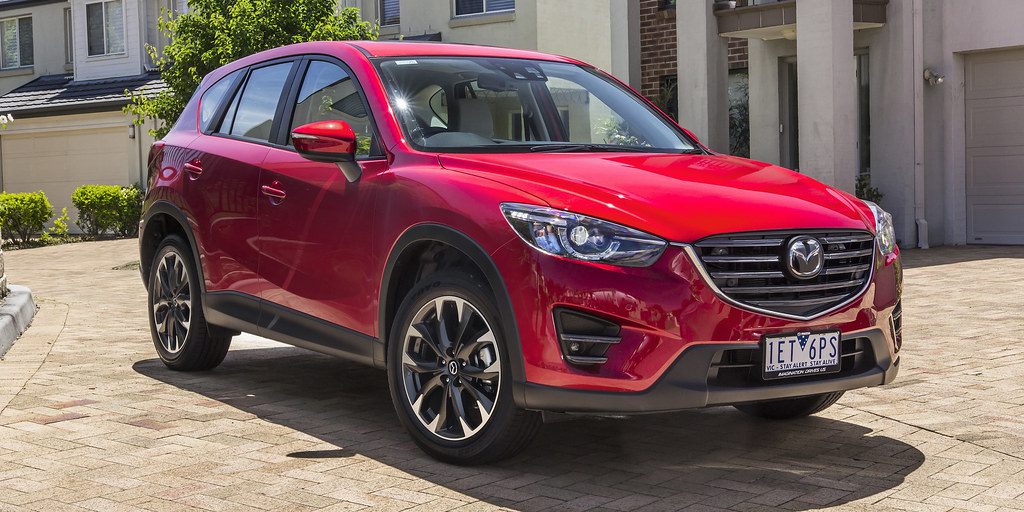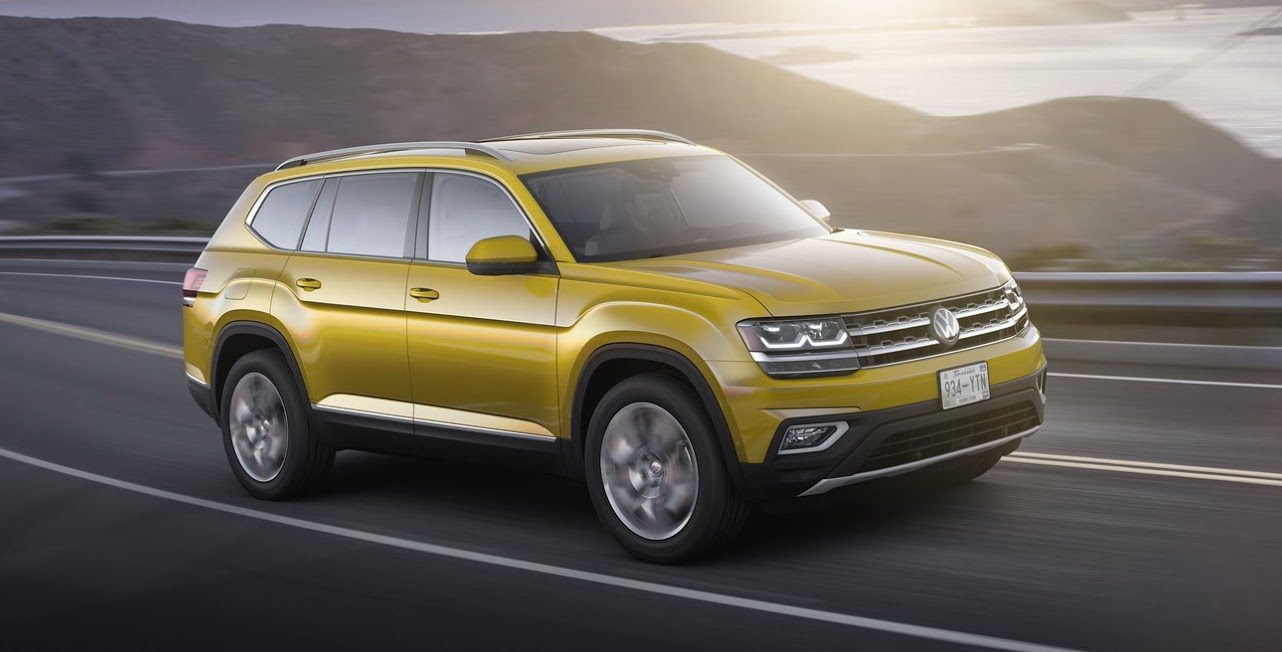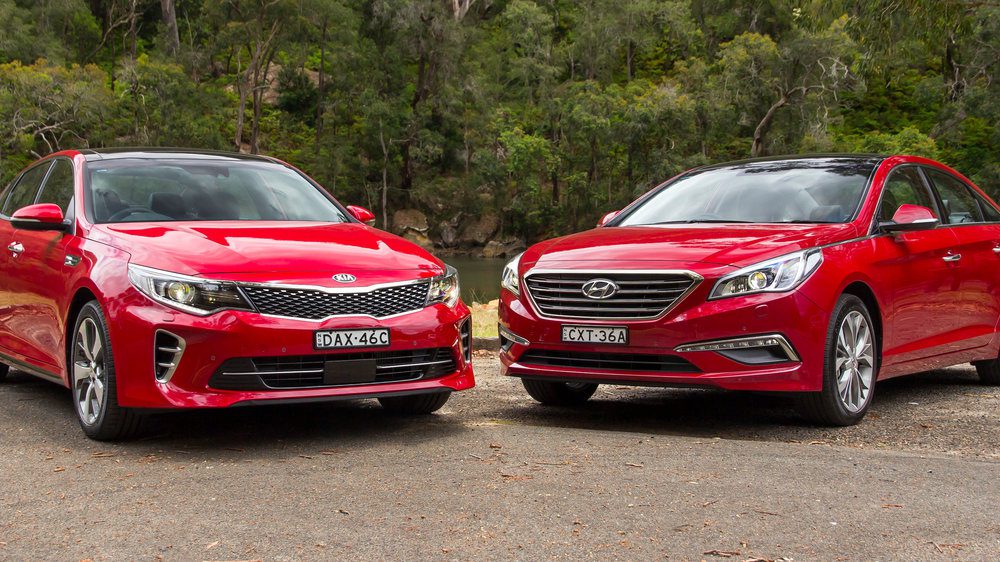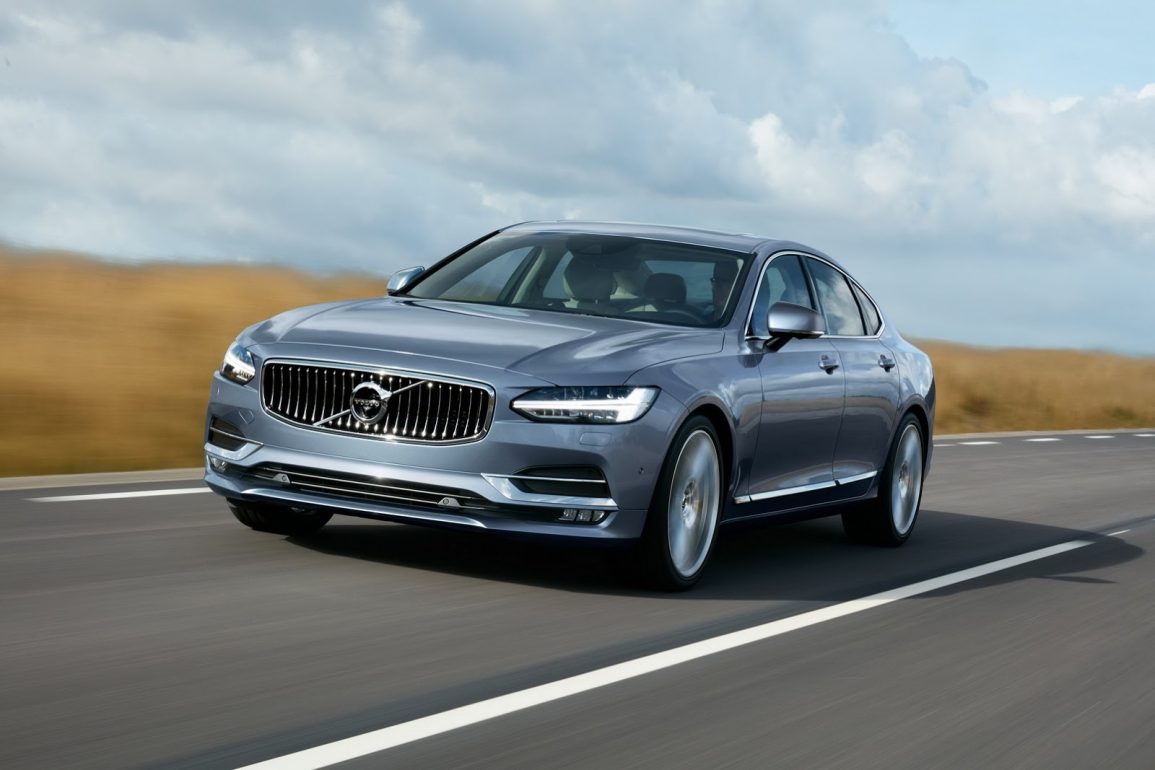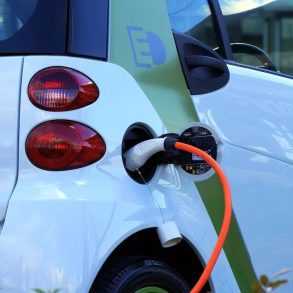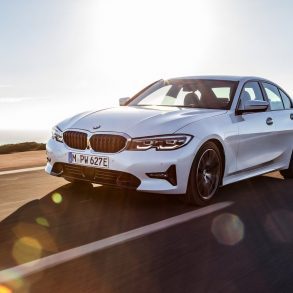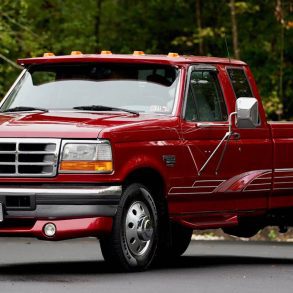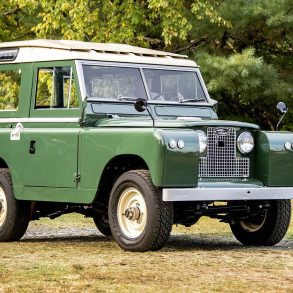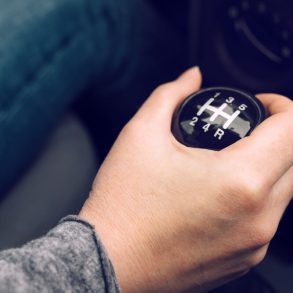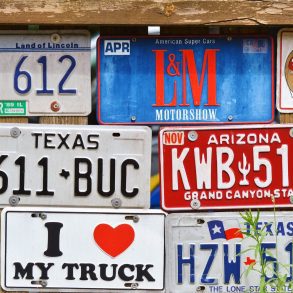Looking ahead, even one year, can be very tricky. Last year we nominated two brands as potentially doing well in 2016, and ended up being only half right: we correctly predicted Volvo‘s growth, but thought that Buick would do better than barely out-performing the market. We did even less well when predicting the disappointments of 2016 – both Cadillac‘s and Mitsubishi‘s sales in 2016 were not great, but still better than for many of their competitors. Cadillac’s sales may have fallen by 1.9 percent compared to 2015, but the brand still did better than Lexus (down 3.9 percent), Acura (down 8.9 percent) or BMW (down 9.5 percent). Mitsubishi did even better, with sales actually rising by 1.0 percent compared to 2015, better than many more fancied brands such as Mazda (sales down 6.7 percent), Chevrolet (down 1.4 percent), Toyota (down 0.7 percent) or Ford (down 0.6 percent). Time will tell whether we do better this time around!
1. Honda: success
Honda had a very good 2016, with growth its growth of 4.8 percent handily out-pacing the decline in sales among the three brands ahead of it (Ford, Chevrolet and Toyota). This performance came from the sales growth in two new mainstream models: the Civic (sales up 9.4 percent) and HR-V (sales up 95.5 percent). The reason we can expect the good times to continue at Honda is that for 2017 it has three new models: CR-V (revealed in the fall of 2016), Odyssey (revealed in Detroit this week) and Accord (to be revealed soon). Of the three, Civic and Accord regularly rank in the top 10 of model sales, with the Odyssey adding another 100k+ of sales each year – it should thus be reasonable for Honda’s sales to go up significantly once all of those models hit the market.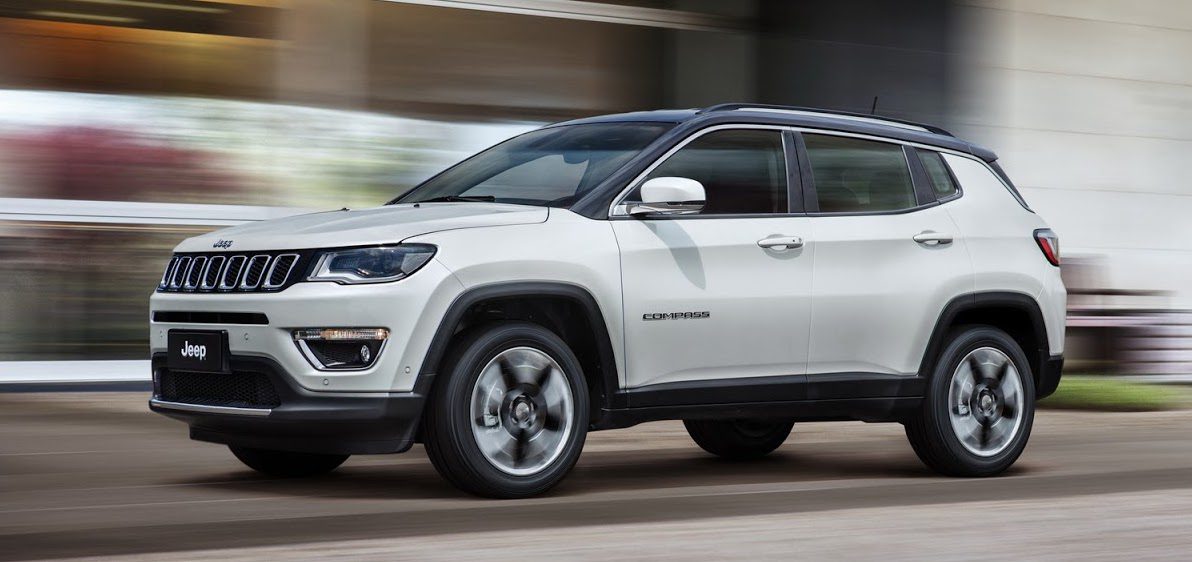
2. Jeep Compass: success
This one is a bit of a no-brainer. The current Compass has turned out to be quite the big-seller for Jeep despite it being a thoroughly average (or, dare we say, sub-par) car. Even more fascinating is the fact that 2016, its eleventh (!) year on the market, was its best year by far – it sold over 90,000 units, over eight times more than it did in 2009, its fourth year on the market. The model’s fortunes improved drastically when the 2010 facelift did two things: made the car look more like its Grand Cherokee big brother, and gave the model a more accessible price. With the new Compass already looking much nicer than its awkward predecessor, and a whole lot like a shrunken Grand Cherokee, the signs are looking that the new model will follow in the footsteps of the Cherokee and Renegade, and become another huge hit for Jeep – as long as the company resists the temptation to price the model too high.
3. VW Atlas: success
This is more of a risky bet, but also one for which my prediction of success is partially a reflection of the fact that I disagree with the general outcry that this car is “too little, too late” for VW in the US. I don’t think that’s true. First, VW weathered Dieselgate in the US just fine, with sales down only 10 percent compared to the level in 2015; this suggests that the brand is not the reviled outcast that some people make it out to be, and thus the right product should sell well for them. Is the Atlas the right product, though? While I’ll be the first to admit I am disappointed with just how conservative the Atlas turned out, there is no escaping the fact that, in terms of design, market placement and engineering, this model is targeted right in the middle of one of the largest segments in the US: Mid-sized SUVs. If the pricing is right, the Atlas should sell well against equally conservative opposition such as Ford Explorer, Toyota Highlander, or Honda Pilot.
4. Hyundai and Kia: disappointment
This one is hard for me to admit (I’ve long been a big fan of the way the Korean carmakers have gone about business, and I’m a very happy owner of a 2017 Kia Sorento), but the prospects for Hyundai and Kia are not great. The reason for this is that their current crop of cars just can’t connect with the buyers the way their predecessors were able to. The decline is already visible with the new Hyundai Elantra, Hyundai Sonata, and Kia Optima, all three of which in 2016 suffered their lowest sales in over five years in their first year on the market! With few new models on the horizon, the outlook for these brands is thus looking rather bleak in face of renewed competition from the likes of Toyota and Honda.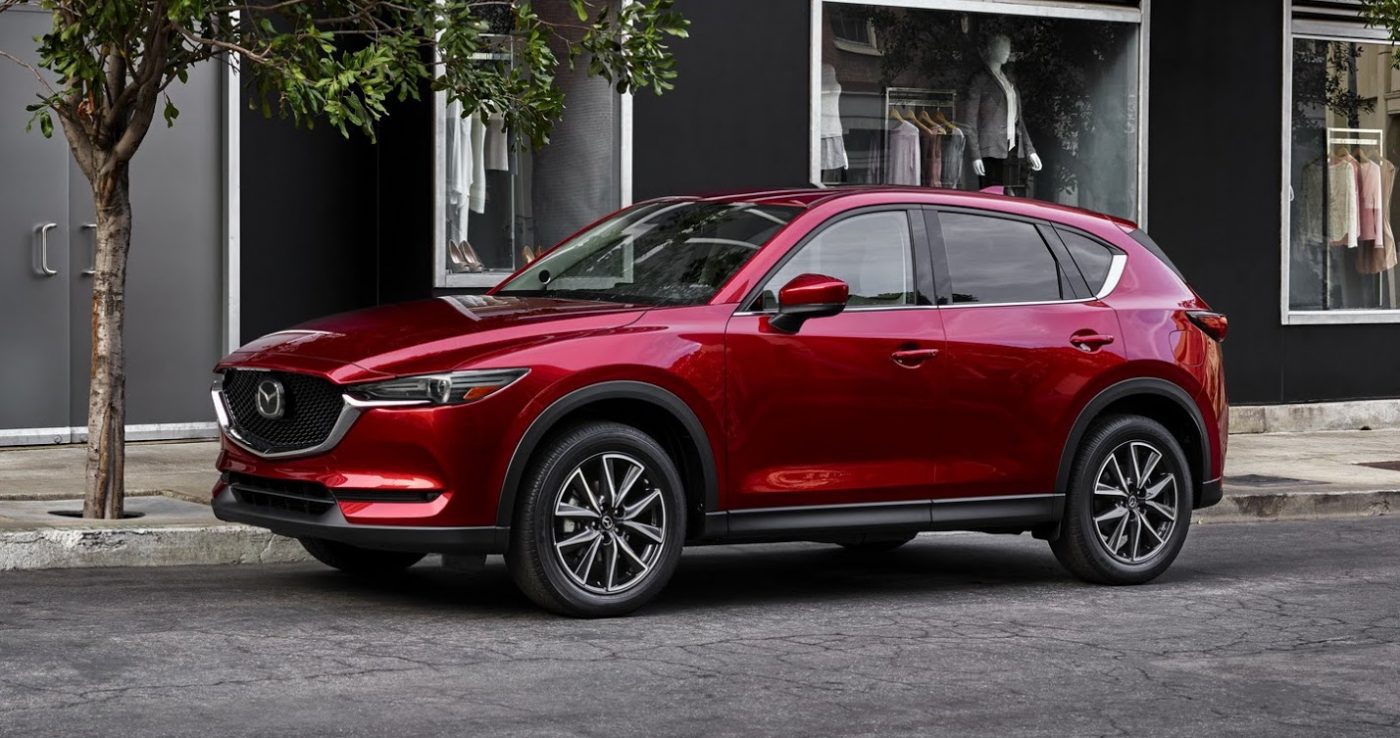
5. Mazda CX-5: disappointment
There is a lot to like about the new Mazda CX-5, not least its aggressive styling and commitment to a unique engineering solution which aims to tackle demands for fuel efficiency through lower weight and highly-optimized naturally-aspirated engines, rather than turbocharged ones. However, the dirty secret is that the new CX-5 is not in fact all that new – rather than being a ground-up new design, the new car is instead an extensive reengineering of the previous model. This could hold the new CX-5 back – its predecessor was lacking somewhat in spaciousness, and unless Mazda was able to make miracles the new model probably won’t fix that. In addition, the new look is bound to split opinions, with me for one thinking that its front is too aggressive, and the whole car somewhat awkwardly proportioned. Add to that Mazda’s mysterious lack of sales success in the US, despite their model range’s continued excellence, and it’s hard to see the new CX-5 improving hugely on its predecessor’s best annual sales of a little over 110,000 units.
6. Volvo S90: disappointment
Volvo S90 is, to me, again a bit of a case of popular opinion getting a bit ahead of the market. Ever since Volvo debuted the latest XC90, the brand has had a bit of a halo effect to it, helped to a great extent by the large SUV’s sales success. This is the market the S90 came into, and was immediately hailed as being as good, if not better, of a car as the XC90, and the “best alternative to the German hegemony of BMW and Mercedes-Benz”. While I admit the S90 is quite the looker (at least until you look at its heavy behind), the engineering underneath has received somewhat mixed reviews. But the biggest obstacle in the way of the S90 living up to people’s lofty sales expectations is that the Premium Large segment is simply not that large to begin with, and what’s more it is currently shrinking. All in all, the S90 will be lucky to sell 20,000 cars a year, which would already be a much better performance than its predecessor, the second-generation S80, but still considerably less than the 33,000 units the first-generation model sold in 1999.

